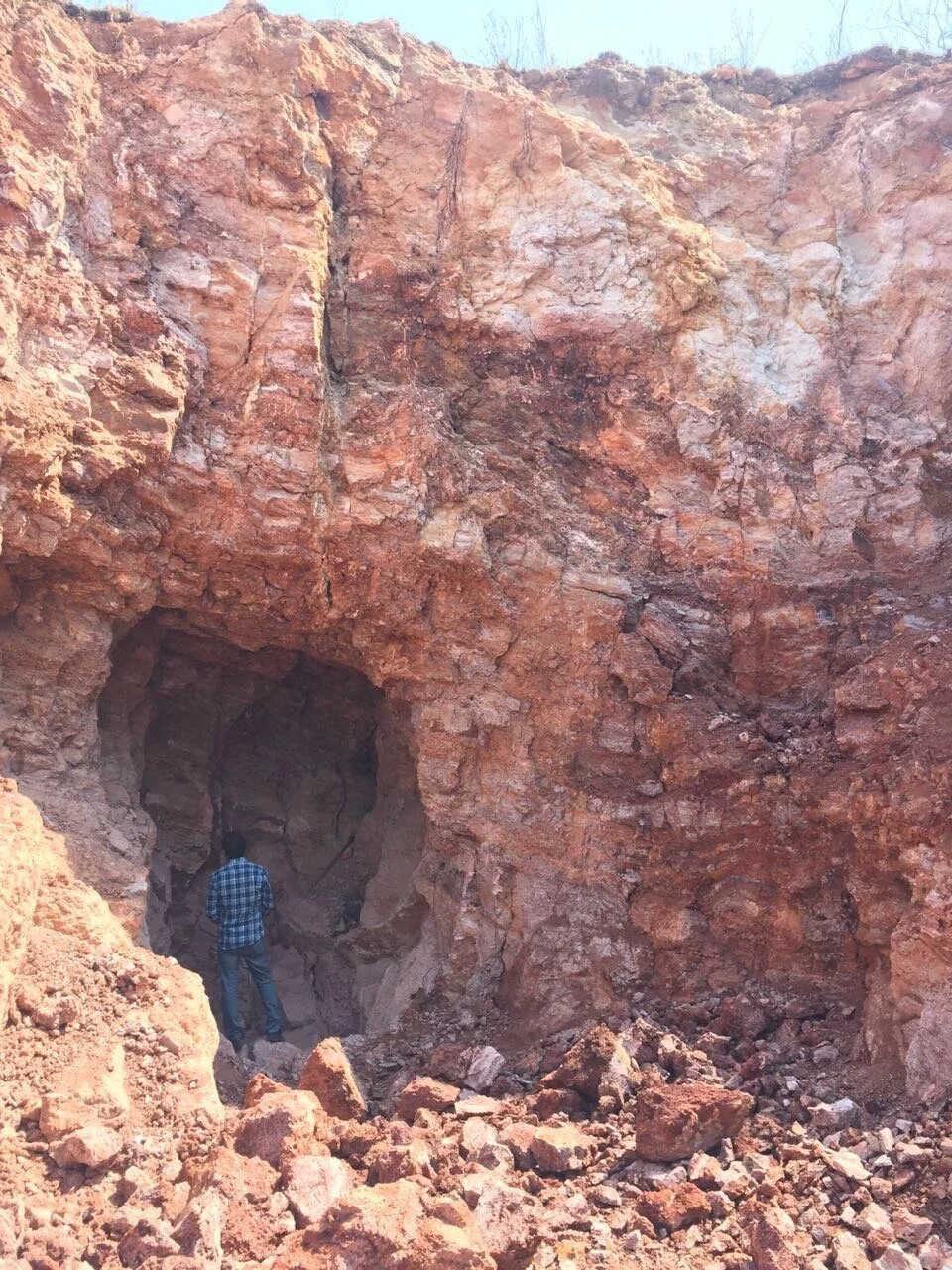Opal in Mexico
A LITTLE HISTORY
Eduard Gubelin writes in an article in the Australian Gemmologist (May1986):
“The existence of opal in Mexico was certainly known even in the times of the Mayas and Aztecs; for the shapes of excavated opal material show that opal was used liberally as a jewel as well as a decorative stone in the creation of mosaics and for use in ancient cults.
According to the district, it was known as either Quetalilzli (bird of paradise stone) or as Vitzitziltecaptl (hummingbird stone).
The first ‘fire’ opals were surely brought to Europe at the beginning of the 16th century by members of the Spanish conquering army. However, opal is not mentioned in the list of valuables sent to the Emperor Charles V by Hernan Cortes, conqueror of Mexico”.
GEOGRAPHY AND OPAL FIELDS
The opal deposits of Mexico are situated in the mountainous highlands which form a connecting link between the Andes of South America and the Rocky mountains of the USA, and they contain many extinct volcanoes. The impression given in reading about this area is that there is a zone of opal bearing volcanic rocks that stretches in a north westerly direction from the Panama Canal through Honduras and Mexico.
In Mexico the major areas of opal production is in Queretaro, Jalisco (Magdalena), Nayarit (Tepic, Jala and La Curva, Guanajuato (Huanimaro and Penjamo), Chihuahua, Geuerrero, Hidalgo (Zimapan), Michoacan and San Luis Potosi.
The two photos below are from the opal mining district of Queretaro in Mexico, they were kindly provided to the academy by Jose Mansueto who visited Australia with a delegation in 2018.
Above: Opal Miners in a mine in Queretaro
Left: A view of the entrance and workings in the mine in Queretaro.
Curator’s note
In the above mentioned article Gubelin mentions that:
“Contrary to persistent false information, no opal of any significance has ever been found in the area of Zimapan in the State Hidalgo”
However the Library contains a reference from “Gems and Gemology” Winter 2006, Leopard Opal: Play-of-colour opal in vesicular Basalt from Zimapan, Hidalgo State Mexico. Which is worth reading!
OTHER LITERATURE
USGS - Investigations in Mexico 1961 - K Segerstrom - Geology of the Bernal-Jalpan Area Estado de Queretaro Mexico
The Australian Gemmologist - May 1986 - Eduard Gubelin - Opal from Mexico - pp45-51
Lapidary Journal - June 1986 - Edgar B Heylmun - Opal from Magdalena - pp49-53
Lapidary Journal - June 1987 - June Culp Zeitner - Querataro Opals - pp20-26
Lapidary Journal - June 1969 - L.D. Mallory - Opal Mining in Western Mexico Part 1 - pp420-428
Lapidary Journal - July 1969 - L.D. Mallory - Opal Mining in Western Mexico Part 2 - pp570 - 579
Gems and Gemology - Spring 1953 - William F. Foshag - Mexican Opal - pp278 - 282
Gems and Gemology - Winter 2006 - Robert Raymond Coenraads, Alfonso Rosas Zenil - pp236-246
A LITTLE GEOLOGY
There are two major mining areas in Mexico, one in the state of Querétaro and the newer, referred to as Magdalena, near Guadalajara, in the north-eastern part of the State of Jalisco. The opal-bearing strata are found in a series of rhyolite lava flows that were extruded in the Late Mesozoic and Cainozoic Eras.
In most opal mining areas the volcanic rocks have been altered by intense weathering and have been kaolinized. The opal-bearing rhyolite is reddish brown in colour and vesicular and forms a deposit which varies in thickness from 9 to 13m. The opal is found in amygdales within the rhyolite (Heylman 1983).
“Rock in the opal zones are predominantly extrusive. The normal pattern is represented by a rhyolite of fluid texture and reddish colour with openings or holes, which is sometimes covered by rhyolitic tuff, layers of obsidian and basalt. This rhyolite is also intensively kaolinized, and at times there are located deposits of chalcedony and kaolin”.
TYPES AND VARIETIES OF OPAL FROM MEXICO
Mexican “Fire” opal
Three samples of Mexican opal, the left shows a light orange transparent precious opal carving with an undulating surface and free form shape
The middle photo is an oval cabochon with a medium orange body colour and transparent diaphaneity.
The third is a rectangular faceted bright orange gem.
Two specimens of Mexican “precious opal in rock” or precious boulder opal. The rock her is most likely to be a consolidated igneous rock derived from the Rhyolite volcanic rocks of the region.
The left specimen shows precious “light” opal, and the left specimen shows precious “fire” (or orange) opal in the rock.
CURATORS NOTE:
It would be helpful if a geologist knowing this region could provide more specific information about this occurrence! Samples and “thin-section” petrology would help enhance our knowledge of these specimens.
Another two Mexican boulder opals;
Note these specimens may be called Dark red (cherry) ornamental boulder opal (no play-of-colour).
Again the rock in this pair of opals in a lighter colour and different texture of volcanic rock.
A pear shaped cabochon cut gem of Leopard Opal from Hidalgo ‘State’ in Mexico.
With reference to opal nomenclature this variety of opal will be termed a type of ‘Matrix’ opal as it is ‘opal in rock’
A LITTLE GEMMOLOGY - STONES TESTED AT OPAL ACADEMY
Orange Mexican “Fire Opal”
Refractive Index (RI) : 1.435-1.444
Specific Gravity (SG) or density; 1.98 - 2.01
Ultraviolet exposure LW - Inert, SW - Inert






















